Send Email
Call / WhatsApp Anytime
Send Email
Call / WhatsApp Anytime
Scrubber Towers, also known as gas scrubbers or scrubbing columns, are vertical process vessels designed to remove harmful gases, particulates, and chemical contaminants from industrial gas streams. These towers achieve gas purification through gas-liquid contact, using a scrubbing fluid such as water, caustic solution, or chemical absorbents to absorb or neutralize targeted pollutants. Scrubber towers play a vital role in environmental compliance, pollution control, and gas conditioning systems across various industries.
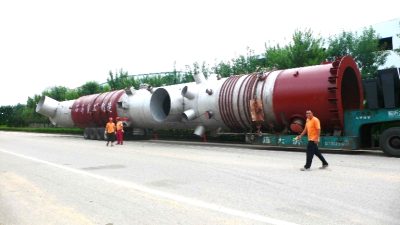
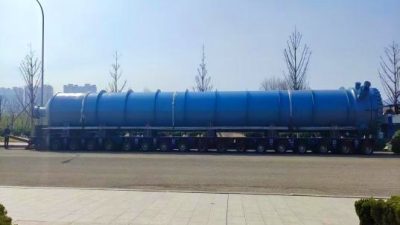
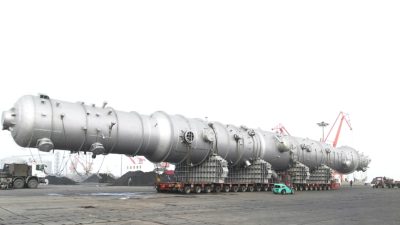
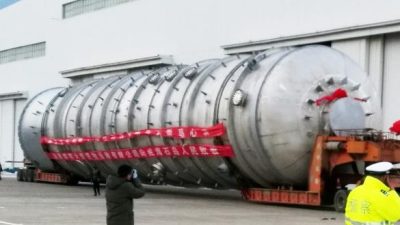
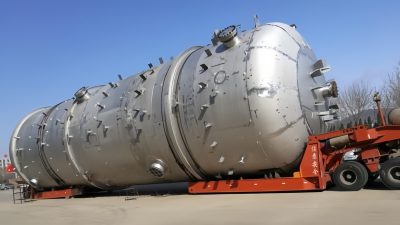
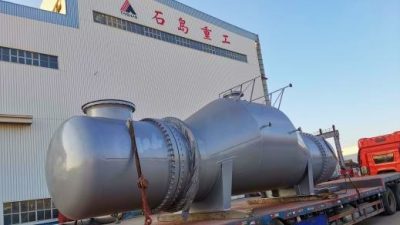
| Type | Description |
|---|---|
| Wet Scrubber | Uses liquid (usually water or alkaline solution) to remove gases or dust |
| Dry Scrubber | Uses dry sorbents or chemical media for pollutant capture |
| Packed Bed Scrubber | Filled with random or structured packing to maximize gas-liquid interaction |
| Spray Tower Scrubber | Uses atomized liquid spray for gas cleaning, ideal for low-pressure systems |
| Venturi Scrubber | Combines high-velocity gas and liquid for fine particulate removal |
| Multi-Stage Scrubber | Combines different scrubbing stages for complex gas mixtures |
| Urea Scrubber Column | Specialized tower in urea production lines to absorb ammonia and CO₂ |
| Amine Scrubber | Removes acid gases (CO₂, H₂S) using aqueous amine solutions |
Certified Safety, Reliable Quality, Custom-Engineered Pressure Vessels.
— Globally Compliant, Built for Harsh Industrial Conditions.
The Scrubber Tower is a critical gas-cleaning device designed to remove pollutants, particulates, and harmful gases from industrial exhaust streams. By employing absorption, chemical neutralization, or particulate capture, scrubber towers help industries achieve emission control, environmental compliance, and workplace safety. Depending on process requirements, scrubber towers can be configured as wet scrubbers, dry scrubbers, or hybrid systems, providing high efficiency in pollutant removal under challenging operating conditions.
| Industry | Application Scenarios | Key Benefits of Scrubber Towers |
|---|---|---|
| Petrochemical & Refining | – Removal of SO₂, NOx, and VOCs – Acid gas scrubbing – Refinery exhaust treatment | – High efficiency in pollutant capture – Flexible to different gas compositions – Reliable under continuous operation |
| Chemical & Fertilizer | – Ammonia and CO₂ scrubbing – Acid mist control – Integration with fertilizer production lines | – Ensures emission compliance – Resistant to corrosive gases – Improves plant environmental performance |
| Energy & Power | – Flue gas desulfurization (FGD) – Biomass & waste-to-energy exhaust cleaning – Coal-fired power plant gas scrubbing | – Reduces harmful emissions – Contributes to sustainability goals – Long service life in harsh conditions |
| Metallurgy & Manufacturing | – Dust and fume removal in steel plants – Acid gas capture in non-ferrous smelting – Particulate scrubbing in general industry | – Effective removal of particulates – Improves workplace safety – Supports clean production initiatives |
As a global supplier of process towers and pressure vessels, Weihai Shidao Heavy Industry Co., Ltd. designs and fabricates Scrubber Towers tailored for chemical, fertilizer, refining, power, and manufacturing industries. Built to ASME, PED, and ISO certifications, our scrubbers integrate advanced materials, precision fabrication, and rigorous non-destructive testing (NDE) to ensure safe, efficient, and durable operation. From large-scale power stations in Asia to petrochemical and fertilizer plants in the Middle East and Europe, Weihai Shidao’s Scrubber Towers provide high pollutant removal efficiency, reliable performance, and long-term environmental protection.
A Scrubber Tower is a vertical industrial vessel used to remove pollutants, toxic gases, vapors, and particulates from gas streams by bringing them into contact with a scrubbing medium—typically a liquid such as water, alkaline solution, or chemical absorbent. Through gas-liquid mass transfer, harmful components are absorbed, neutralized, or captured before the cleaned gas is released or reused. Scrubber towers are widely used in environmental protection, chemical processing, refining, fertilizer production, and air pollution control systems to ensure emissions meet regulatory standards.
A scrubber tower works by forcing polluted gas to flow through a vertical column where it comes into contact with a scrubbing medium, usually a liquid sprayed or circulated from the top. As the gas rises and the liquid flows downward (counter-current flow), the system maximizes gas–liquid contact through packing materials, trays, or spray nozzles. During this interaction:
Cleaned gas exits from the top, while the contaminated liquid collects at the bottom and is either treated, recirculated, or discharged. The process is highly efficient for gas purification, odor control, and environmental compliance.
The price of a scrubber tower varies significantly based on design type, capacity, materials of construction, application, and compliance requirements. Here’s a general price range for reference:
| Scrubber Type | Typical Capacity | Estimated Price (USD) |
|---|---|---|
| Small FRP Wet Scrubber | < 5,000 m³/h gas flow | $5,000 – $20,000 |
| Medium Stainless Steel Unit | 5,000 – 20,000 m³/h | $20,000 – $80,000 |
| Large Industrial System | > 20,000 m³/h | $80,000 – $300,000+ |
| Urea Scrubber Column | Customized for fertilizer plant | $100,000 – $500,000+ |
Price Factors Include:
📌 Note: Each scrubber tower is usually custom-engineered based on project specifications. For accurate pricing, a datasheet or process inquiry is recommended. If you need a quotation template or inquiry checklist, I can provide one.
Choosing the right scrubber tower depends on your specific process conditions, pollutants, and regulatory requirements. Here are the key factors to consider:
1. Identify the Target Pollutants
2. Know Your Gas Flow Rate & Load
3. Understand Temperature and Pressure
4. Choose Wet or Dry Type
5. Check Compliance Standards
6. Consider Space & Maintenance
📌 Pro Tip:
Provide your supplier with basic process data (gas composition, flow rate, temperature, pressure, emission targets) to get a precise recommendation and design.
If you’d like, I can help you prepare a scrubber selection checklist or inquiry sheet.
The key difference lies in the scrubbing medium and handling of pollutants:
| Aspect | Wet Scrubber | Dry Scrubber |
|---|---|---|
| Scrubbing Medium | Liquid (usually water, caustic, or chemical solution) | Solid or dry sorbent (lime, activated carbon, etc.) |
| Pollutant Removal | Excellent for soluble gases (SO₂, HCl, NH₃) and particulates | Good for acidic gases and VOCs, limited particulate removal |
| Waste Output | Generates wastewater (liquid effluent) | Produces dry solid waste (spent media) |
| Efficiency | Generally higher removal efficiency | Moderate, but improving with modern media |
| Maintenance | Requires pump, spray system, liquid level control | Easier to maintain, fewer moving parts |
| Corrosion Control | Needs corrosion-resistant materials due to liquids | Lower corrosion risk |
| Common Use Cases | Fertilizer plants, chemical plants, incinerators | Cement plants, waste-to-energy, VOC control systems |
Reliable Columns for Demanding Industrial Processes
At WSHI, every tower and column is engineered to deliver precision, safety, and efficiency under the most demanding operating conditions. From petrochemical separation to gas dehydration, our vertical vessels are trusted by global clients across industries. With full customization in diameter, height, internals, and materials—and strict compliance with ASME, GB, API, and EN standards—WSHI is your one-stop partner for process column solutions.
📩 Let’s design your next column together.
Whether you need a packed vacuum tower, a stainless-steel scrubber, or a high-temperature distillation column, our team is ready to help.